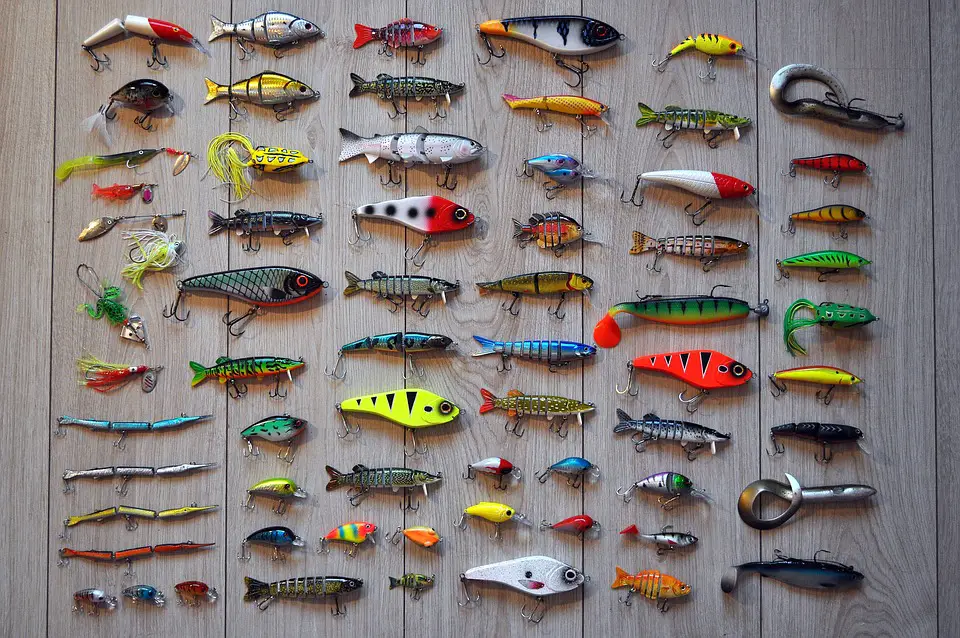Fishing is a popular recreational activity in Lithuania, with its numerous lakes and rivers offering anglers a diverse range of fishing opportunities. However, the success of a fishing trip often depends on using the right fishing line. In this article, we will explore the science behind fishing lines and provide valuable insights for selecting the best fishing line for Lithuanian conditions.
Understanding Fishing Lines
Before we dive into the specifics of fishing lines for Lithuanian conditions, it’s important to understand the different types of fishing lines available. There are three primary types of fishing lines: monofilament, fluorocarbon, and braided lines. Each type has its own unique characteristics and is suited for different fishing situations.
Monofilament Lines
Monofilament lines are made from a single strand of nylon and are known for their stretchiness and buoyancy. These lines are easy to handle and are often used for general freshwater fishing.
Fluorocarbon Lines
Fluorocarbon lines are denser than water, which makes them sink easily. They are also virtually invisible underwater, making them ideal for fishing in clear waters. However, they are stiffer and less stretchy than monofilament lines.
Braided Lines
Braided lines are made from several strands of synthetic material woven together. They are known for their strength and low stretch, making them suitable for fishing in heavy cover and for catching larger fish.
Factors to Consider for Lithuanian Fishing
When selecting a fishing line for Lithuanian conditions, there are several key factors to consider. These include the type of fish you are targeting, the fishing environment, and the fishing technique you will be using. Additionally, the water clarity and weather conditions should also be taken into account.
Table 1: Recommended Fishing Lines for Lithuanian Conditions
| Type of Fishing Line | Recommended Conditions |
|---|---|
| Monofilament | General freshwater fishing in clear or slightly murky waters |
| Fluorocarbon | Fishing in clear, shallow waters with wary fish |
| Braided | Fishing in heavy cover and for catching larger fish |
Key Takeaways
When selecting a fishing line for Lithuanian conditions, it’s important to consider the type of fish, fishing environment, and technique. Monofilament lines are versatile and buoyant, fluorocarbon lines are virtually invisible underwater, and braided lines are strong and low-stretch. By choosing the right fishing line, anglers can enhance their fishing success and enjoy the beautiful waters of Lithuania.
Conclusion
As the science of fishing lines continues to evolve, it’s essential for anglers to stay informed about the best fishing lines for their specific conditions. By understanding the characteristics of different fishing lines and considering the factors for Lithuanian fishing, anglers can make informed decisions to improve their fishing experience. Whether it’s casting a line into one of Lithuania’s picturesque lakes or taking on the challenge of a river, selecting the right fishing line can make all the difference.
Frequently Asked Questions
1. What is the best fishing line for clear waters in Lithuania?
For clear waters, fluorocarbon lines are recommended due to their virtually invisible nature underwater.
2. Can braided lines be used for fishing in Lithuanian rivers?
Yes, braided lines are strong and low-stretch, making them suitable for fishing in rivers with heavy cover.
3. Are monofilament lines suitable for catching larger fish in Lithuanian lakes?
While monofilament lines are versatile, braided lines may be more suitable for catching larger fish in lakes.
4. Do fishing line colors matter in Lithuanian fishing conditions?
Line colors can impact visibility underwater, especially in clear waters. It’s recommended to choose line colors that blend in with the natural environment.
5. Can I use the same fishing line for different types of fishing in Lithuania?
While it’s possible to use the same fishing line for different types of fishing, selecting the right line based on the specific conditions can enhance your success.
6. Are there eco-friendly fishing lines available for sustainable fishing in Lithuania?
Yes, there are eco-friendly fishing lines made from biodegradable materials that can help reduce environmental impact.
7. How can I determine the best fishing line for my specific fishing needs in Lithuania?
Consider the type of fish, fishing environment, and technique you will be using to select the best fishing line for your needs.
8. What are the benefits of using fluorocarbon fishing lines in Lithuania?
Fluorocarbon lines are virtually invisible underwater, making them ideal for fishing in clear, shallow waters with wary fish.
9. How often should I replace my fishing line for optimal performance in Lithuania?
It’s recommended to inspect your fishing line regularly for signs of wear and replace it as needed to maintain optimal performance.
10. Can I recycle old fishing lines in Lithuania?
Yes, you can recycle old fishing lines at designated recycling facilities to reduce environmental impact and promote sustainability.

